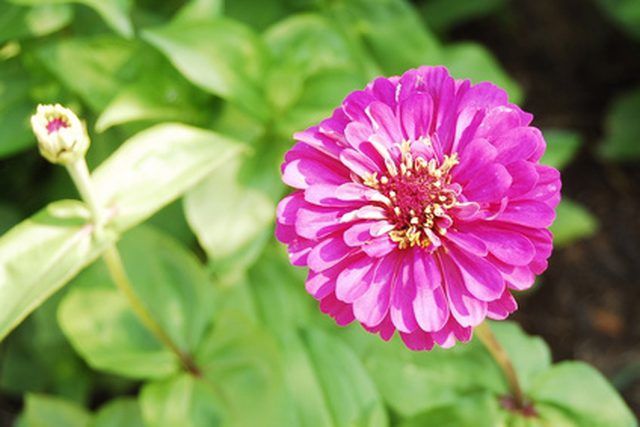Bulbs
Flower Basics
Flower Beds & Specialty Gardens
Flower Garden
Garden Furniture
Garden Gnomes
Garden Seeds
Garden Sheds
Garden Statues
Garden Tools & Supplies
Gardening Basics
Green & Organic
Groundcovers & Vines
Growing Annuals
Growing Basil
Growing Beans
Growing Berries
Growing Blueberries
Growing Cactus
Growing Corn
Growing Cotton
Growing Edibles
Growing Flowers
Growing Garlic
Growing Grapes
Growing Grass
Growing Herbs
Growing Jasmine
Growing Mint
Growing Mushrooms
Orchids
Growing Peanuts
Growing Perennials
Growing Plants
Growing Rosemary
Growing Roses
Growing Strawberries
Growing Sunflowers
Growing Thyme
Growing Tomatoes
Growing Tulips
Growing Vegetables
Herb Basics
Herb Garden
Indoor Growing
Landscaping Basics
Landscaping Patios
Landscaping Plants
Landscaping Shrubs
Landscaping Trees
Landscaping Walks & Pathways
Lawn Basics
Lawn Maintenance
Lawn Mowers
Lawn Ornaments
Lawn Planting
Lawn Tools
Outdoor Growing
Overall Landscape Planning
Pests, Weeds & Problems
Plant Basics
Rock Garden
Rose Garden
Shrubs
Soil
Specialty Gardens
Trees
Vegetable Garden
Yard Maintenance
How to Start Zinnia Seeds Indoors
Zinnias are annual flowers that are either sown outdoors or indoors. If you want zinnias to bloom earlier in the season, you need to start zinnias indoors. The best time to sow the zinnia seeds is four to six weeks before the last expected frost. Zinnia seeds are easy to plant and the seeds are large enough to make them perfect for young children...

Zinnias are annual flowers that are either sown outdoors or indoors. If you want zinnias to bloom earlier in the season, you need to start zinnias indoors. The best time to sow the zinnia seeds is four to six weeks before the last expected frost. Zinnia seeds are easy to plant and the seeds are large enough to make them perfect for young children to help in the task. Zinnias bloom in an array of colors and the blossoms are either one solid color or bi-colors. They bloom in single, double or semi-double flower blossoms.
Things You'll Need
Flat or peat pots
Potting soil
Plastic
Heat mat (optional)
Grow lights (optional)
2 1/4 inch pots (optional)
Fill a flat or individual peat pots with potting soil.
Place the zinnia seeds in rows if using a flat. Plant one or two seeds in each peat pot.
Cover the seeds lightly with potting soil. Don't bury the seeds too deeply or they will not germinate.
Water the soil thoroughly and then place a piece of plastic over the top of the flat or the pots. This will hold in humidity.
Place the flat or pots in a warm location where temperatures stay around 70 to 75 degrees F. You can use a heat mat to ensure that the soil stays warm enough for the seeds to germinate. Place the flat in a window that has bright indirect light or put under grow lights. Check regularly to make sure the soil is moist but not soggy.
Remove the plastic when the zinnia's have germinated. This usually takes between six and 10 days.
Transplant the seedlings growing in flats into 2 ? inch pots when they have two sets of true leaves, not counting their primary leaves. Place in a sunny window until it is time to plant the zinnias outdoors. For zinnias growing in peat pots, remove the weaker plant from the pot. You can transplant peat pots right into the garden without transplanting to another pot.
Tips & Warnings
Turn the pots when zinnias are growing so the plants do not grow or lean in one direction. By turning them, you will encourage the plants to grow straight.